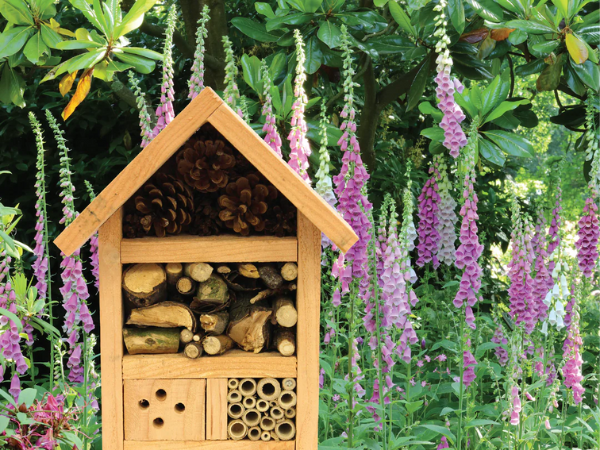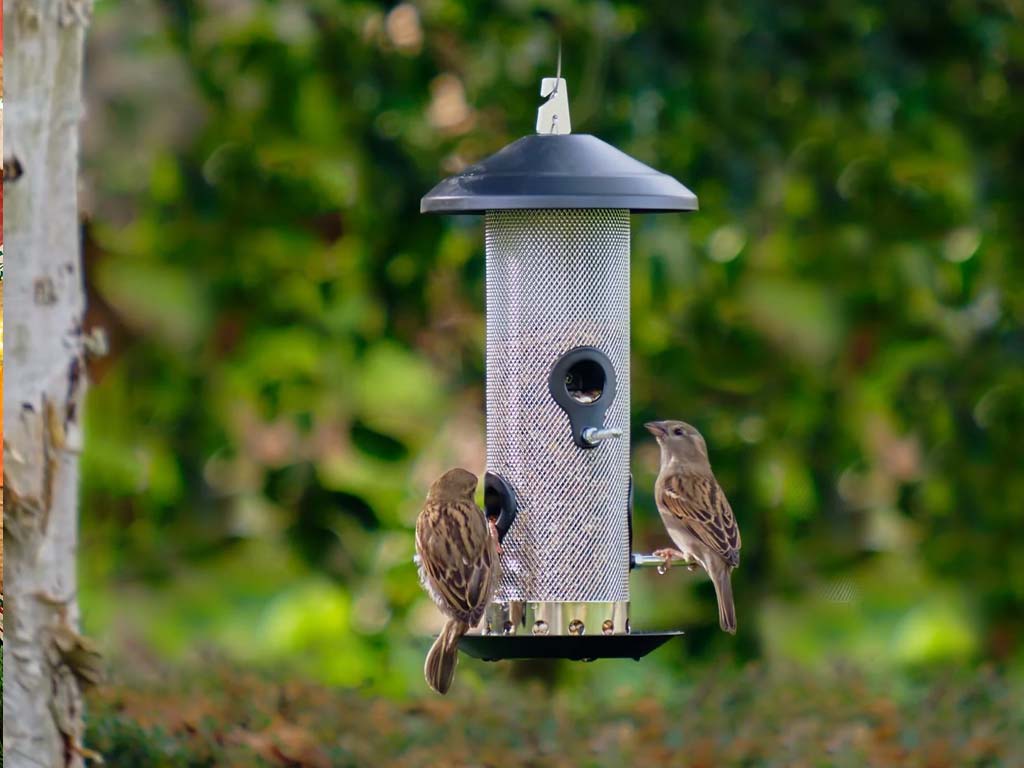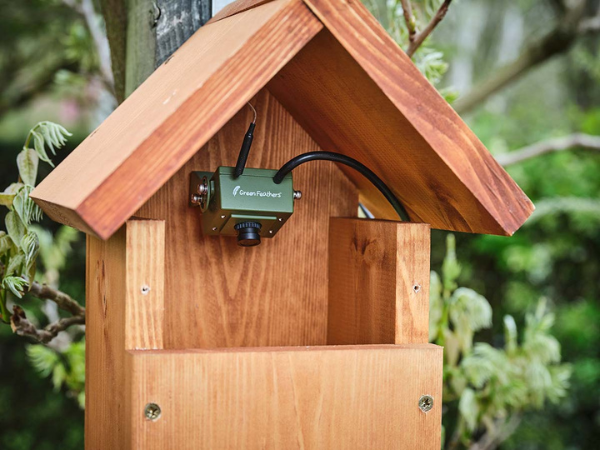In order to protect our hedgehogs here in the UK, it’s important to take care when it comes to the attempt of getting rid of slugs and snails in your garden. Slug-busting methods can be dangerous and even life-threatening to hedgehogs. Slug pellets are poisonous to hedgehogs. With that in mind, here are some safe gardening practices to get rid of slugs but to keep other wildlife safe in the process.

Create a Beer Trap
Who doesn’t love a pint of beer on a warm summer’s day? Slugs do too! When protecting other wildlife, the creation of a beer trap can definitely help to attract slugs and deter them from touching your plants.
It doesn’t matter what type of beer you provide, even if it’s the cheap and cheerful stuff. All you’ll need to do in order to create the trap is to fill a margarine tub or a large yogurt pot with beer. It needs to be deep enough in order to drown the slug completely. You can sink the container into the ground so that only the rim is at or above the soil level.
It’s a quick and effective way of getting rid of slugs and as much as it is an unhappy ending for the slug, it’s a great way to go, right? Make sure to check on it every so often to ensure it’s working effectively.
Use Coffee Grounds
Coffee grounds serve more of a purpose than just simply being disposed of. It’s worth spreading any coffee grounds leftover from your morning coffees, around the base of your plants. This is helpful in protecting them from slugs and snails in general.

A lot of gardeners use these methods and even if you don’t have coffee grounds yourself, you’d just need to head over to a local coffee house or shop and ask for a couple of kilograms worth, depending on how big your garden is of course.
So if you have some leftover coffee ground from a cafetière or available coffee grounds of any kind, it’s worth putting it down around your plants to see how effective it is at keeping the slugs away.
Egg Shells

Egg shells are something you’d throw out either way and they’re often reused in school settings. However, they can also be used as a protective barrier to put around your plants or areas where you don’t want the slugs to go.
Create a barrier ring with the halves and vary how you lay them down so that you can see which methods work best when it comes to stopping the slugs. With eggs, you’re going to likely need quite a few available, so an alternative would be to use sea shells if you live by the coast or a beach.
There’s also plenty of places that sell seashells online if needs be. Both options are an effective way of keeping the slugs at bay. Both are effective but may be a bit of an eyesore when it comes to appearances.
Copper Tape
With copper tape, it’s something that slugs do not like crossing over and therefore, like the eggs and coffee ground, it acts as a barrier, preventing them from entering.
It’s worth placing the copper tape around the pot in a ring formation and that way, the slugs won’t be able to get at the pot to climb up and into where the plant is. There’s also copper integrated mats that you can buy too and which you can place your plant pots on top of.
This is an effective way of helping prevent slugs from getting access to the plant and again, it’s a safe type of material to use when it comes to other forms of wildlife too, so it’s certainly worth trying.
Plant Slug Repellent Plants
In order to keep the slugs away, you might want to think about those plants that are repellents for slugs but also those that act as an attractive plant that you can use to ambush and capture any slugs that go towards it.
Garlic, Chamomile and chives are three types of plants that will help keep slugs away and they can be planted alongside those other plants you want to protect or used to make an extract which you can drop around the areas needed.

A lot of gardeners love using garlic as a natural slug deterrent. For those looking to attract slugs to remove them yourself, it’s work using law chamomile seedlings. They are apparently quite the attraction for slugs and once they reach them, you can simply remove them and dispose of them as you’d like.
It’s also not going to be as much of an eye-sore as perhaps the egg shells would be as they’d blend in with the rest of the plants that you have.
Nature-friendly slug pellets
And finally, slug pellets can often be toxic and they are the worst thing to have in your garden when you’re trying to protect the hedgehogs and other wildlife.
With that said though, organic slug pellets are a good option because they contain a different ingredient called iron phosphate, rather than metaldehyde. It’s a great solution to provide a somewhat similar effect but without harming other wildlife. They are great for organic gardening and are used actively amongst many gardeners.
However, it’s worth being cautious where possible and they are known to cause some illnesses for dogs after they ingest it. It’s worth heeding caution and being careful of where you put the pellets, especially if you have pets and even children. These organic, nature-friendly slug pellets can certainly be a good choice for someone looking for an alternative pellet to use.

Keeping your garden safe for other wildlife like hedgehogs are important and it just goes to show that there are plenty of natural ways in which you can stop slugs from coming into your garden and munching down on your plants. Use these tips to keep your garden free from slugs. It doesn’t always need to be a case of using chemicals to remove these pests from your outdoor space.
Browse our range of hedgehog habitats and cameras
What to do if you see a hedgehog out in the day.
How do I attract hedgehogs into my garden?


























A few weeks ago I began feeding a hedgehog who visited our garden but word must have gotten out because others have started visiting too. Last night, I had seven of them all chowing down at once. This is getting out of hand.
Totally agree Shel.
I handpick slugs(with tongs)and put them in my Green Bin…plenty food for them in there.. So my Hedgehog Schnitzel won’t eat the food I put out for him full of yukky Slime!!!
Slugs!!!
I go out after 11pm with a strong torch, plastic tongs and a plastic nappy bag or dog poo bag.
On a warm damp summer evening the garden would have hundreds or even thousands of slugs and snails in larger gardens.
I now have virtually no visible ones. There are probably some tiny ones hiding away.
The first night I done this over forty years ago I collected over seven hundred slugs and snails. I soon filled up my first plastic bag so used more of them.
I could not believe it!
During the first week I collected over 2000.
I have done this every year and my plants now thrive.
You need to do this every year as they produce tiny eggs or baby slugs and snails which we can’t see and they will grow bigger.
I regularly feed hedgehogs in my slug ridden garden. I have frequently seen both a hedgehog and a slug next to each other eating the food at the same time!
I agree with the comment made by Shel. For the past 5-6 years I have had and fed hedgehogs in my garden, sometimes three of them visit. But the slugs still cone. My wife picked up 12 slugs this morning alone, so my Hedgehogs won’t touch them and it’s costing me a lot of money to keep replacing plants that are being eaten.